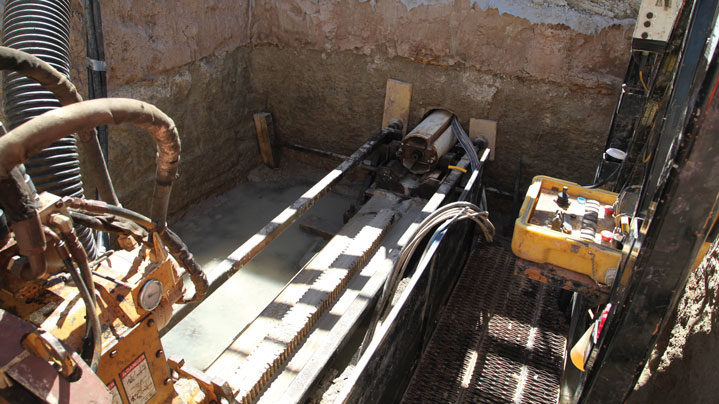Precision microtunnelling works can be demanding, and often a number of challenges must be met in the course of a project. More often than not, unexpected challenges relate to the prevailing ground conditions. In order for the project to be successful, the microtunnelling contractor involved must have the necessary capabilities to deal with the requirements of the work and the job site.
The most important thing to consider before undertaking any precision microtunnelling project is the prevailing ground conditions at the project site. The more the project owner, contractor and subcontractor know about the ground conditions, the less likely that unexpected complications will occur that the involved parties are not prepared to deal with, and the more accurately the cost and duration of the microtunnelling job can be estimated.
If the microtunnelling contractor begins work and then discovers that the ground conditions are not what they were led to expect, this will likely incur additional costs.
If a project owner is not 100 per cent certain about the ground conditions they are likely to face, they should consider asking the project contractor to share the risk so that additional costs can be shared between a number of parties.
The head contractor should also ensure that their contract with the project owner allows for extras to be added into the contract if the prevailing ground conditions change or the conditions encountered are not what is expected (for instance, if undetected buried foreign objects are discovered in the projected path of the microtunnel).
They also need to ensure that the selected microtunnelling subcontractor is sufficiently experienced in similar ground conditions before commencing a job and has the required capabilities to meet all likely challenges.
Ideally, the chosen microtunnelling subcontractor should also be experienced in any other ground conditions known to occur in the vicinity of the project site – this will ensure they’re better placed to deal with changing ground conditions.
Project owners and head contractors should ensure that their microtunnelling subcontractors:
- Have a good track record in the presumed ground conditions.
- Have the right equipment and will use the right method for the job.
- Have a contingency plan if things don’t go as expected.
- Have a good depth of knowledge within the field.
By making sure the microtunnelling subcontractor meets these requirements, you are well on your way to ensuring the success of your microtunnelling project.

